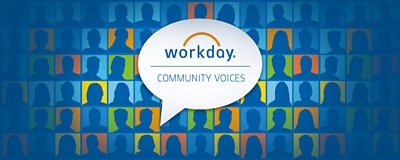HR Transformation Fit for a King at Cambridge University Press
As the oldest media business in the world—founded by King Henry VIII in 1534—you might not associate Cambridge University Press with the idea of HR transformation. But with 2,723 colleagues across 50 offices in 40 countries, the organisation knew it was time to make a change. Cathy Armor, director for people at Cambridge University Press, shares how they moved from dated HR systems to a single, unified system with Workday.







